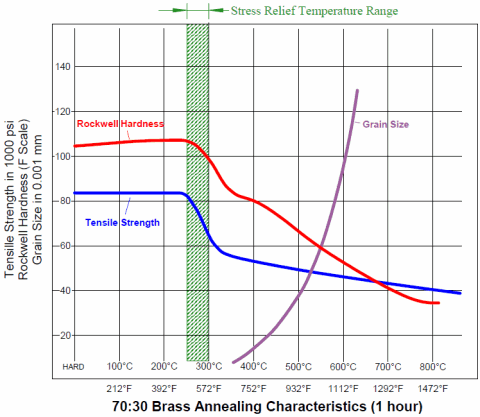I've been on a long journey developing 45-70 loads that work well. I started loading for a trapdoor, now I'm loading for a H&R Buffalo Classic.
I love shooting 500 grainers and they are accurate out of the BC. However, since I'm human and made of squishy bits, I keep the loadings relatively light.
I've noticed that my cases have a lot of residue and stuff on them after they are fired. I'm sure this is caused by the pressures not being high enough to seal the brass against the chamber and gases are coming back around the case mouth.
I have a couple of questions about this:
1) Is this a problem to worry about? Specifically, it is extremely unsafe? Is it doing a bunch of damage to my gun?
2) Is there a way to solve this? I've been told annealing might help, but I have no experience with that.
I use mainly Starline and Hornady brass. It doesn't seem to matter. I'm getting a lot of blow back with both type of brass. The entire cartridges aren't covered or anything, but there's big streaks of residue that go back 3/4 the length of the case.
I'm not sure if it matters, but I full-length size by brass and I don't apply a crimp.
Thanks!
I love shooting 500 grainers and they are accurate out of the BC. However, since I'm human and made of squishy bits, I keep the loadings relatively light.
I've noticed that my cases have a lot of residue and stuff on them after they are fired. I'm sure this is caused by the pressures not being high enough to seal the brass against the chamber and gases are coming back around the case mouth.
I have a couple of questions about this:
1) Is this a problem to worry about? Specifically, it is extremely unsafe? Is it doing a bunch of damage to my gun?
2) Is there a way to solve this? I've been told annealing might help, but I have no experience with that.
I use mainly Starline and Hornady brass. It doesn't seem to matter. I'm getting a lot of blow back with both type of brass. The entire cartridges aren't covered or anything, but there's big streaks of residue that go back 3/4 the length of the case.
I'm not sure if it matters, but I full-length size by brass and I don't apply a crimp.
Thanks!

